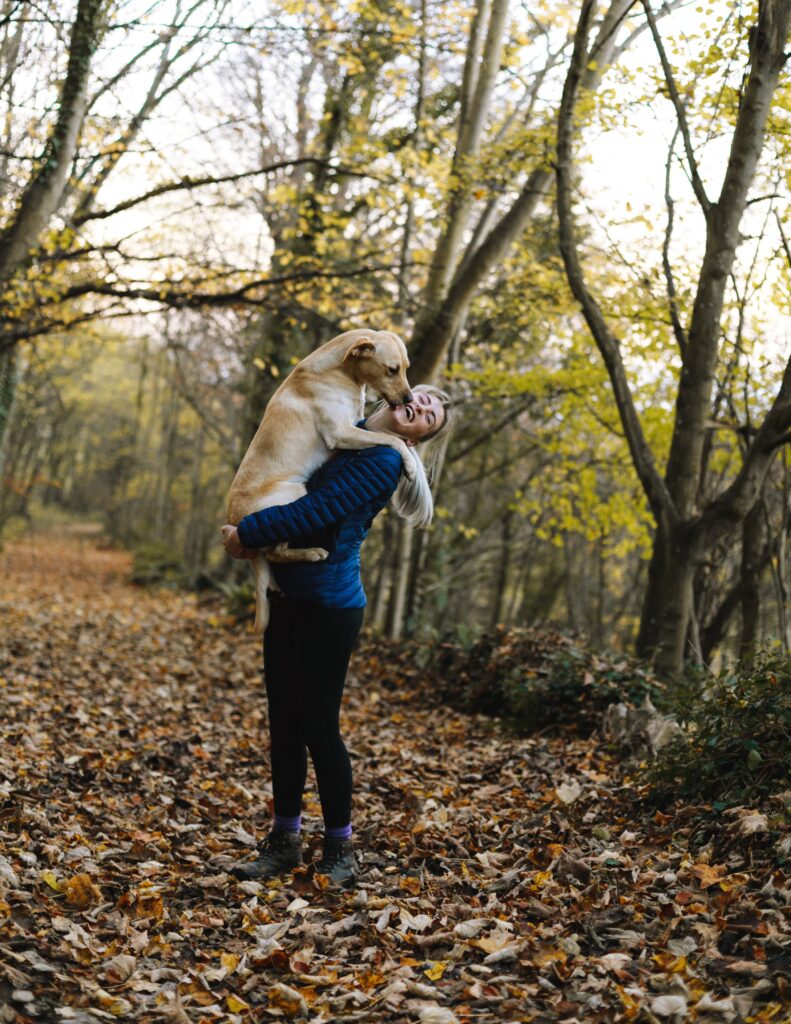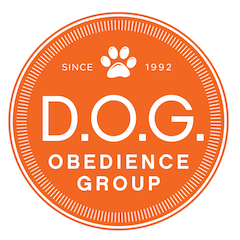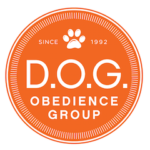
What would you say if I told you that the perfect dog does not exist? I have met some incredible dogs in my life, but none have been perfect. The reality of that question is the fact that we are talking about a living and breathing animal. They have the ability to independently think and make decisions on their own. Do I dare add the thought that they are also taught and influenced by imperfect humans?
While the perfect dog does not exist, we can certainly guarantee that you can have a loving companion who you can share great communication, trust, and memories. The path to this is not always easy and often hindered by rushing the process. Stay with me here as I quickly dive into this and hopefully share a few tips and tricks to help avoid hindering the process.
The first tip is to be patient with the journey. We go through 12 years of school before we are considered ready to take on the real world. Following that we take months perfecting our craft, trade, and or hobby. Make sure you keep those expectations for our dogs. They are at a disadvantage as they do not get nearly the amount of time in a day or week to learn and adapt to the human world. (Or learn how to communicate with us in a way we deem appropriate) They need time, consistent training, and structure as they develop and grow into mature adult dogs.
The biggest thing missed in training (and helping build your perfect companion) is generalization. Generalization, simply put, is helping your dog understand that their learned behaviors or cues mean the same thing regardless of the environment. This can be a daunting task for many dog owners. Not only does this require time with initial training it also requires planned and structured training outside of the home. Every dog owner can agree that the simple act of walking out the front door can immediately open a world of distractions to our dogs. Generalization generally needs to start by simply getting your dog into a variety of new environments and situations. I would also note that while doing this it can be helpful to notate which settings may cause high levels of excitement and or stress in your dog. You can use this information when it’s time to start training. For many dogs, but not all, getting out on a regular basis can help normalize and reduce over excitement with outings. This will make generalization and training much easier.
Use the information you gained on social outings to choose a training destination. I always start with the one that created the least amount of excitement and no stress. Keep it simple and focus on one cue while you are out there. I personally love to start with a redirection cue like touch or attention. Use this method to slowly generalize training cues with your dog.
As you follow through with these tips and tricks you will find great yourself edging closer to enjoying your four-legged companion in all walks of life. Just remember the key takeaways we discussed. Just like us, it takes our dogs time to learn and perform what he have taught them in all walks of life. Be patient and make an actionable plan. I might also point out that there is not a one size fits all plan for dogs and or humans. Please feel free to reach out to us if you still have concerns and questions with your dogs training.
As I review this, I think I may have to correct myself from an earlier statement. It is true that there is not a perfect dog when related to behavior, but there is the perfect dog for you and I. That is why we love them.


